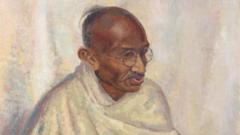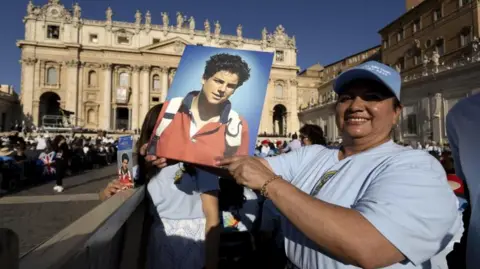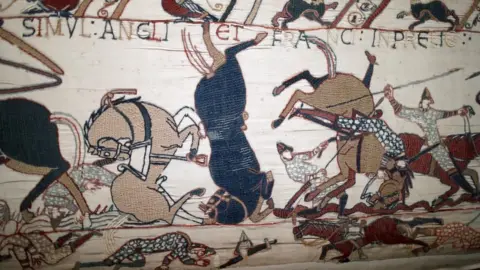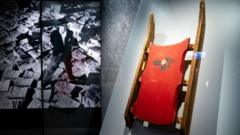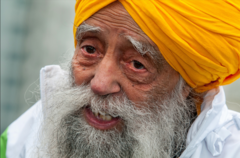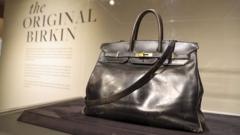The portrait is particularly noteworthy as it was conceived during Gandhi's 1931 visit to London for the Second Round Table Conference, an event pivotal in India's struggle for autonomy from British rule. According to Caspar Leighton, the artist's great-nephew, its historic and cultural importance merits broader recognition both in India and globally.
Curated and preserved since Clare Leighton's death in 1989, the painting represents a rare glimpse into Gandhi's life, as he allowed few artists into his presence. Notably, Leighton’s earlier works were exhibited in 1931 and drew acclaim from contemporaneous figures, including Gandhi’s secretary, who praised its likeness.
The portrait, which has undergone restoration following an alleged knife attack in the 1970s, underscores the contentious legacy of a figure revered by many, yet critiqued by some within Indian society. As the auction approaches, the art world eagerly anticipates the potential impact this piece could have on discussions surrounding Gandhi's enduring influence.
As collectors and admirers prepare for this momentous event at Bonhams, this auction not only signifies an economic transaction but also reaffirms the cultural resonance of Gandhi's image in contemporary discourse.
Curated and preserved since Clare Leighton's death in 1989, the painting represents a rare glimpse into Gandhi's life, as he allowed few artists into his presence. Notably, Leighton’s earlier works were exhibited in 1931 and drew acclaim from contemporaneous figures, including Gandhi’s secretary, who praised its likeness.
The portrait, which has undergone restoration following an alleged knife attack in the 1970s, underscores the contentious legacy of a figure revered by many, yet critiqued by some within Indian society. As the auction approaches, the art world eagerly anticipates the potential impact this piece could have on discussions surrounding Gandhi's enduring influence.
As collectors and admirers prepare for this momentous event at Bonhams, this auction not only signifies an economic transaction but also reaffirms the cultural resonance of Gandhi's image in contemporary discourse.

